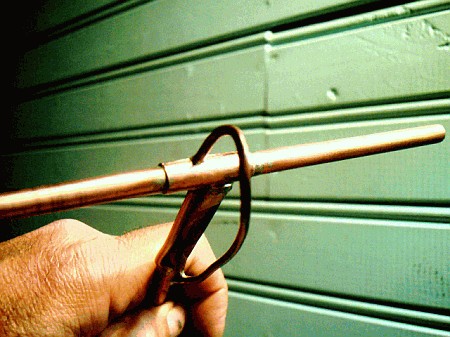Greg, that's a great looking tube  And your results are far more better than mine
And your results are far more better than mine 
I decided not to spend any more money on this, because you can buy one of these for just under 200$. Maybe someday when I have some spare money I will just buy one and examine it closey. There is no need to reinvent the wheel. Nevertheless, it was an interesting project
 And your results are far more better than mine
And your results are far more better than mine 
I decided not to spend any more money on this, because you can buy one of these for just under 200$. Maybe someday when I have some spare money I will just buy one and examine it closey. There is no need to reinvent the wheel. Nevertheless, it was an interesting project







Comment